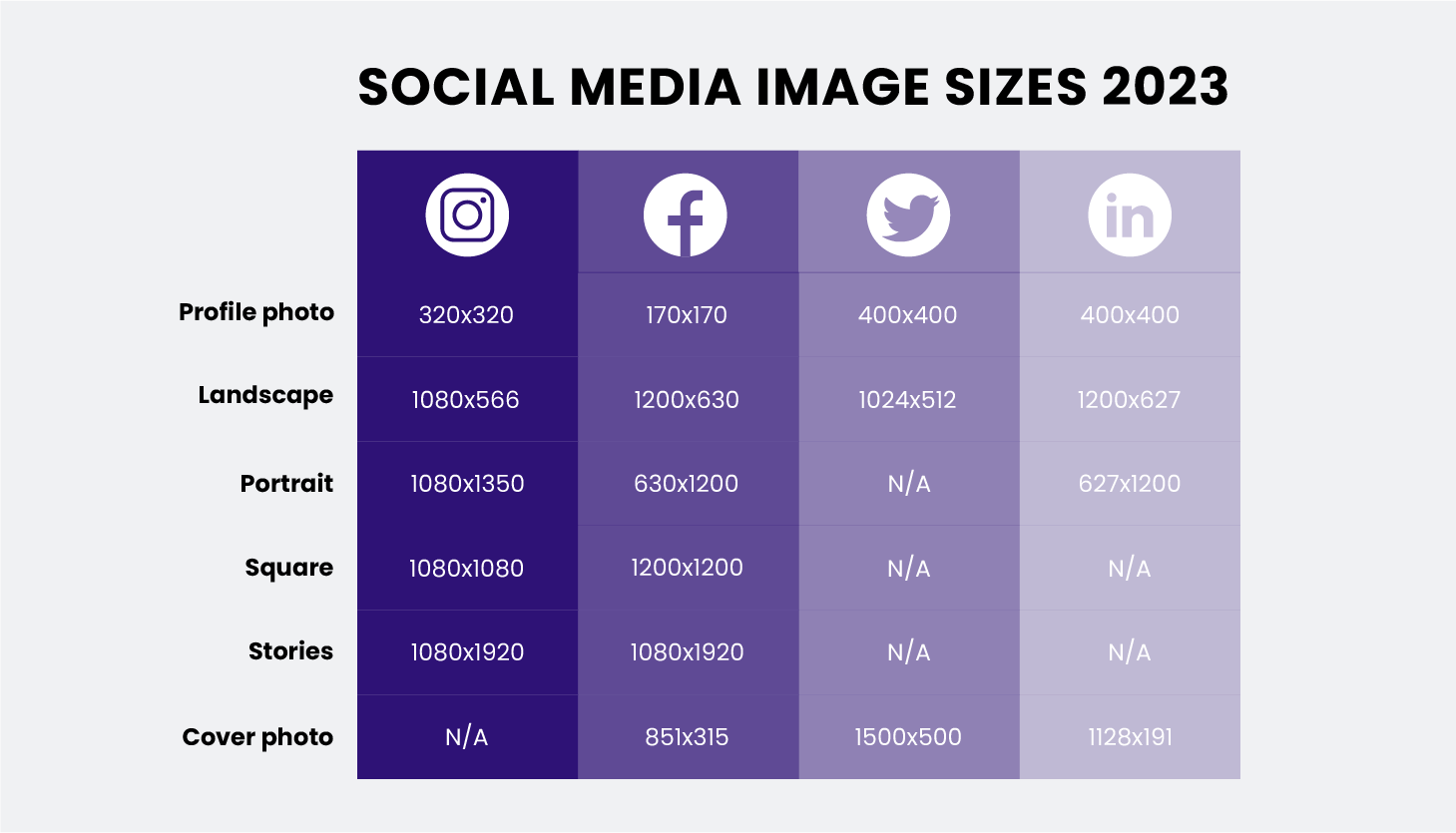Digital assets that contain images earn 90% more views than assets without.
Since businesses in retail, manufacturing, and financial services industries have thousands of images at their disposal, they need to be able to simplify the editing process. Why?
Because editing product images multiple times is not cost-effective–it’s time-consuming and frustrating.
A DAM platform offers robust features that streamline content management workflows and improve the editing process. Content marketers who have incorporated a DAM platform to manage and edit their digital assets save time every week by over a third.
That said, the larger your organization is, the bigger the number of people involved and the greater the number of digital assets they manage and edit.
Discover six best practice tips for avoiding editing product images multiple times, saving time, and reducing frustration.
Develop clear standard operating procedures
With the best intentions, creating and editing product images can turn a simple task into a complicated operation.
If you’ve heard the phrase “too many cooks spoil the broth”, you’ll understand that having many people involved in one task can hinder progress and speed it up.
Enterprises need a consistent approach to managing and editing their digital assets so everyone follows the same procedures. Considering 86% of business leaders say a lack of collaboration is the top reason for workplace failures, developing standard operating procedures (SOPs) for everyone to follow is critical.
Avoid unnecessary to-ing and fro-ing. SOPs offer a consistent method of making sure everyone, regardless of work location, follows the same editing process consistently–reducing the likelihood of subsequent revisions.
Assign owners for each stage of the workflow
Did you know that just 26% of creative teams have a standardized and consistent review and approval process?
DAM features like assigning owners to each workflow stage can ramp up your sales and marketing efforts and reduce the time spent editing and approving images.
Leverage DAM automation tools by assigning owners to each content creation and editing process.
Plus, reduce manual editing efforts with DAM automation tools or scripts that can automatically perform repetitive image editing tasks, such as watermarking, image resizing, and changing formats.
Let’s put that into practice and say you have individuals with a creative flair for applying filters to images to share on Instagram. Appoint the best person for the task by assigning their name next to the editing task. Individuals will understand what is expected of them within timescales, and you can use their expertise best.
Make use of metadata and tagging features
Finding the image you need quickly is a content marketing challenge most enterprises face.
Why?
Because the sheer volume of digital assets makes finding what you need more difficult without a consistent way of labeling and describing all brand assets, Digizuite DAM, for example, can tag assets automatically–in a systematic way.
Metadata is information stored against all digital assets, including product images.
-
This allows you to search for product images by:
-
Marketing campaign, like a new product feature launch
-
File name and date approved
-
Technical information such as image resolution or file type
-
Particular keyword or saved history search
-
Marketing channel for use
-
Metadata can optimize the content creation process from start to finish, reducing the potential for editing images multiple times.
Let’s say your marketing team needs your branded logo to create a social media campaign. As DAM technology stores all your digital content in one central location, finding your logo is simple. Feel confident that the image used is the latest version–eliminating the back and forth between teams for repetitive editing and sending for approval.
But it gets better.
DAM software seamlessly integrates with other tech platforms, like content management systems (CMS) and Salesforce. Metadata and file tags are automatically transferred across from DAM software.
“Everything lives in Digizuite, which is connected to our PIM and the CMS,” says Tanya Kanczuzewski, Senior Marketing and Communications Manager at Dura-Line. “It makes things so simple because all of our editing is done in one place, and then it gets pushed to our website and CMS for content production and distribution everywhere.”
Preserve the original image
Picture this. You need a photo of an old product to share with your team. You want to revisit the progression of your product’s features with a timeline to celebrate success. You find the image, which has been permanently edited and includes new features.
There are many reasons why you need to access older images.
Celebrating achievements is just one of them.
Saving original images in a separate file allows for future editing requirements. Everyone can try out new changes to see if they work without affecting the original version. And you have the original image securely saved to access when needed.
Non-destructive editing helps you explore different approaches and change them back to the original image. Besides flexibility, it ensures you can maintain the images’ integrity throughout editing.
Optimize image resolution
Image resolution can have a significant impact on marketing goals. Considering we recall almost two-thirds of what we see compared to just 10% of what we hear, images play an important role in content marketing.
That said, images need to be high quality. Uploading an image on your website which isn’t optimized correctly can slow down website performance and make quality images distorted–leaving customers frustrated and clicking off to seek alternative products.
Social media platforms, like LinkedIn and Facebook, have different image guidelines that give optimized results every time.
Improve image management with DAM. Reduce the potential for repeat editing by making sure your product image sizes are based on their intended use. Higher resolutions may be necessary for printed materials, such as brochures or catalogs, while lower resolutions are usually better for digital distribution.
Determine the appropriate resolution for your channel distribution. Using optimized image resolutions from the start can reduce the need for repetitive editing.
Make use of metrics
Some 32% of marketers say images are the most crucial aspect of their content creation efforts.
Content analytics provide real-time data about what assets are performing well and what needs further effort allowing you to make changes to your marketing strategy without further delay.
Content analytics give the evidence needed to tackle shortcomings and put measures in place to reduce the need for multiple edits. For example, you may notice that one department spends more time revising images than another.
DAM metrics offer data about how much time your people spend on editing.
Base future decisions on fact, not a hunch. Plus, metrics support the reason to invest in DAM software, giving you a transparent and accountable ROI.
Reduce the number of times you edit product images
There’s no getting away from the editing process. But following the six best practice tips here to reduce editing images several times can make life easier for everyone, saving time and money.
We’ve only scratched the surface of the vast capabilities that DAM can support your business when editing product images.
Are you interested in learning more about Digizuite DAM?








